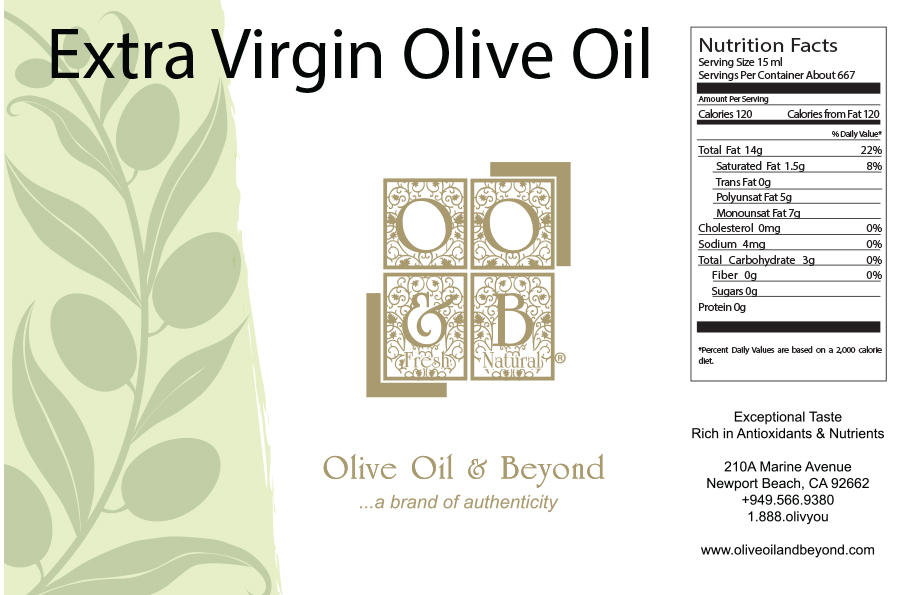Olive Oil Nutritional Information
Polyphenols
Polyphenols give olive oil its unique taste and improve its shelf life. Some extra virgin olive oils contain far more, (up to 500% more) than others. Polyphenol intake has been associated with lower incidence of cancer and coronary heart disease (CHD).
The time of harvest, the variety, the method of extraction, and the management of the grove will affect the phenol count. Processing or refining olive oil destroys Polyphenols. Refined olive oils like "pure olive oil," "lite/light olive oil," and "pomace olive oil" have little-or-no Polyphenols, but the same amount of calories as olive oils that do. Heat, light, oxygen, and time cause Polyphenol levels in olive oil to decline.
As a general rule, more robust oils have higher phenolic compounds than the milder oils. A phenol count of less than 120 (as expressed by mg/kg) is considered low. Virgin oils with a phenol count between 120 and 220 are considered medium. Olive oils with a count above 220 are considered high in Polyphenols. Some of the more intense extra virgin olive oils will contain levels of 350 or higher.
Oleic Acid (Omega 9)
Oleic acid is a monounsaturated omega-9 fatty acid. Monounsaturated fat is found at varying concentrations in virgin olive oil, and it is believed to lower the risk of heart attack, arteriosclerosis, and cancer. Virgin olive oils containing higher levels of Oleic Acid tend to be more stable and hold up longer. In this sense, high Oleic Acid tends to act as a natural preservative. Oleic Acid is measured in olive oil by percentage. The levels range from 45% to 80%+.
Free Fatty Acids (FFA's)
In a sense the FFA level is an indicator of the condition of the fruit at the time the oil was extracted-- it's like a freshness quotient. Ripeness plays a large role in the level of FFA's. Overripe fruit produces a higher yield of oil to olive by weight, but the free fatty acids increase as well.
Once the fruit has been picked or the skin is broken the fruit decomposes at an accelerated pace. When olive oil is exposed to air, light, or heat, decomposition increases until the oil begins to go rancid and becomes unfit for human consumption.
Peroxides
Peroxides are naturally occurring compounds in all edible oils. Peroxide values increase over time. They are indicators of the level of oxidation at the time of processing, and they increase according to storage conditions. Poor storage conditions will cause rapid oxidation and rancidity. High peroxide levels are an indication of poor processing practices, substandard fruit conditions, old age, improper storage, or any combination of negative conditions. The IOOC rules state that Extra Virgin olive oils must show a peroxide value lower than 20.
NUTRITION FACTS

|

